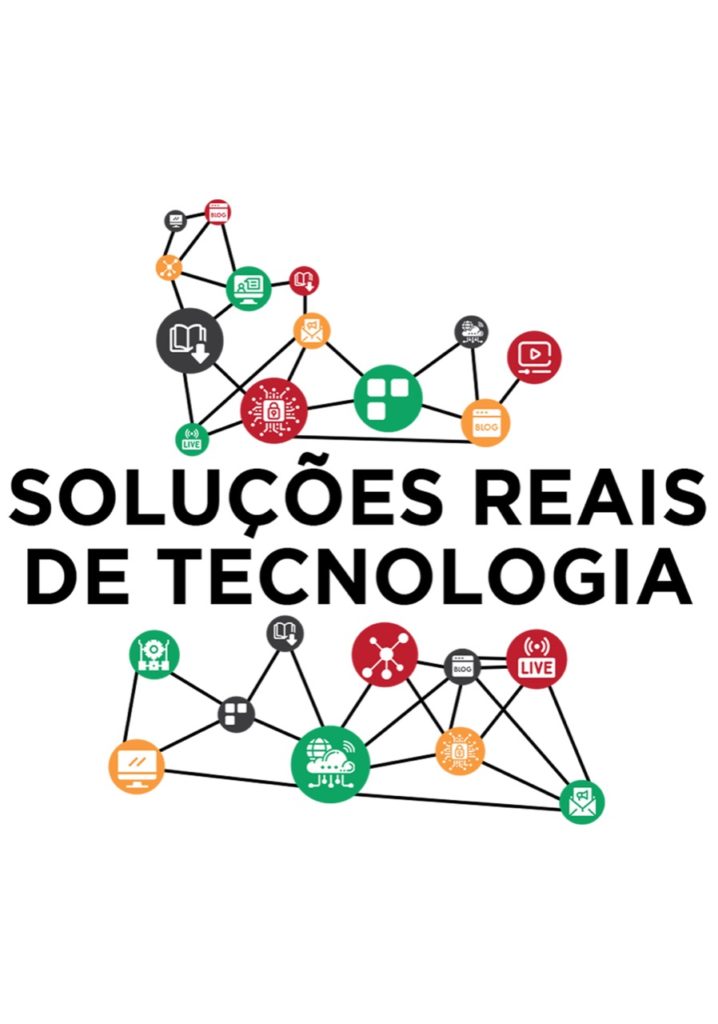Energy comes from many options, including fossil fuels and renewables. It’s necessary to know the difference between different energy sources, since at some point non-renewable fuels will become depleted, and a further source of energy will have to replace them. The good news is that you could try this out many different types of renewable and alternative energies exist, and quite a few have the potential to provide a cleaner replacement for fossil fuels.
Alternative energy replenish at a rate faster than they are used, and are steadily available. These include solar energy, wind energy, geothermal energy, and biomass.
Solar powered energy harvests the Sun’s rays using enthusiast panels, creating electricity within a process that requires both a physical and reaction. Solar power plant life may range from a single rooftop to a huge solar farmville farm in the wasteland. Many homes use solar energy systems to make hot water and supplement all their electricity. Geothermal energy originates from the heat of Earth’s core, generating heavy steam that hard disks generators at power stations. Biomass is a renewable energy source that uses living or just lately dead organic elements to generate electrical energy, heat, and fuel. This really is done by developing dedicated plant life or by using agricultural plants residues and other waste avenues. Lastly, ocean energy devices like trend and tidal generators take advantage of the power of the sea to generate electric power at a dam or perhaps near the mouths of large lakes.
The problem with these and also other nonrenewable energy sources is that they quite often cause harm to the environment or individuals health. The burning of Canada’s boreal forest for oil mining is a distinct example; and coal and oil combustable releases greenhouse gases that contribute to global warming. The good news is that a mix of renewable and alternative powers could exchange fossil fuels, which include nuclear electric power, biofuels, and carbon-emission-free hydrogen fuel skin cells.


